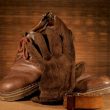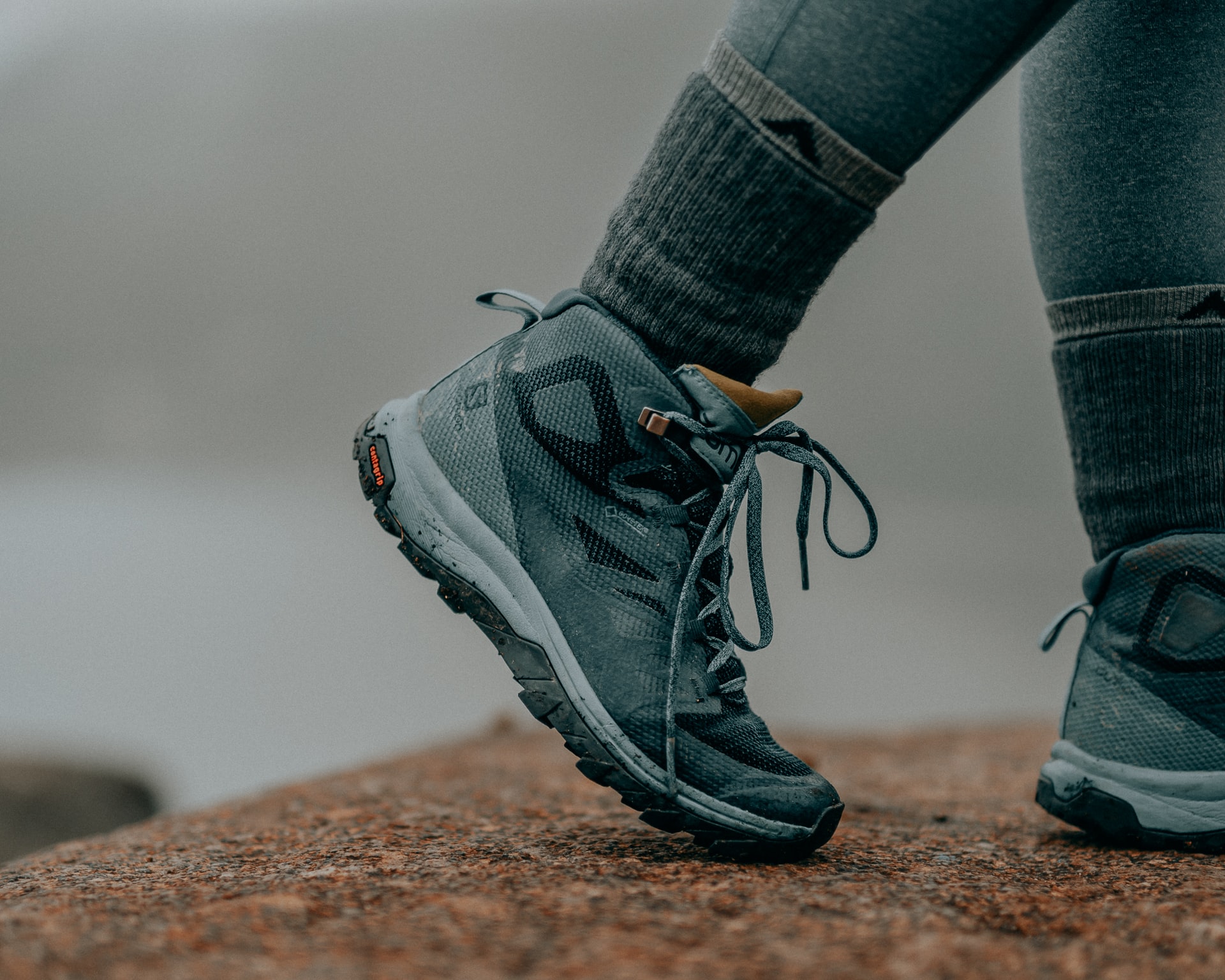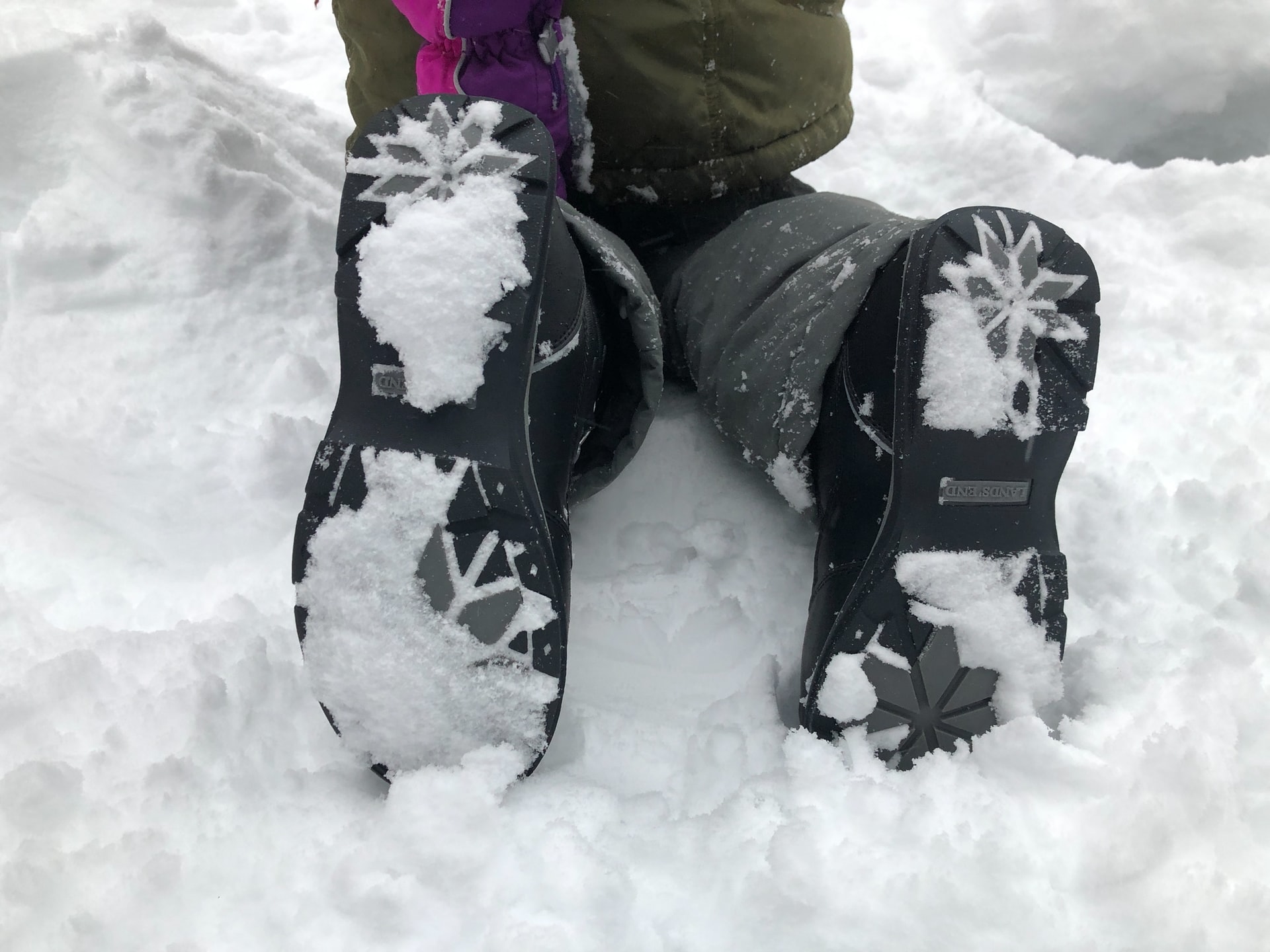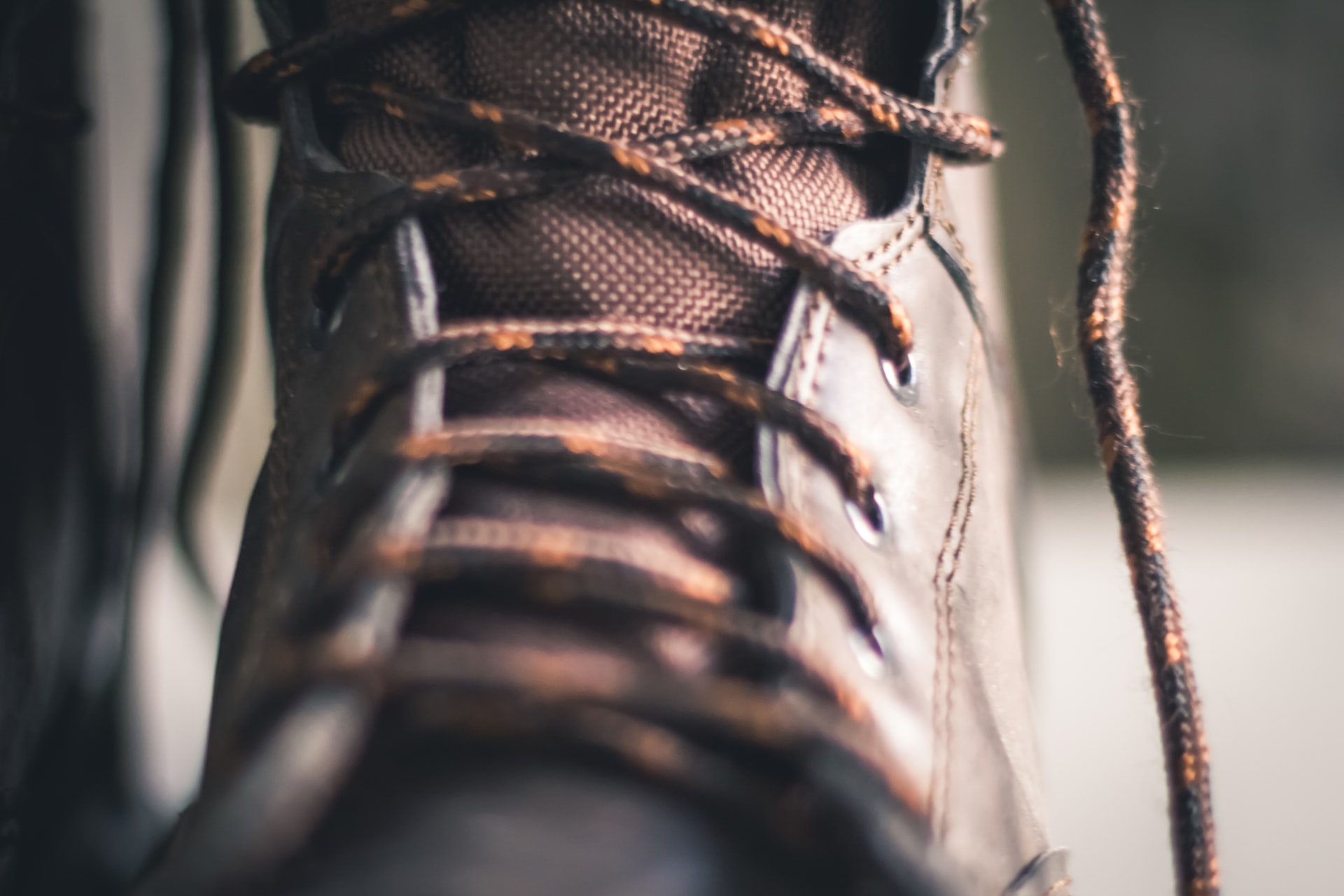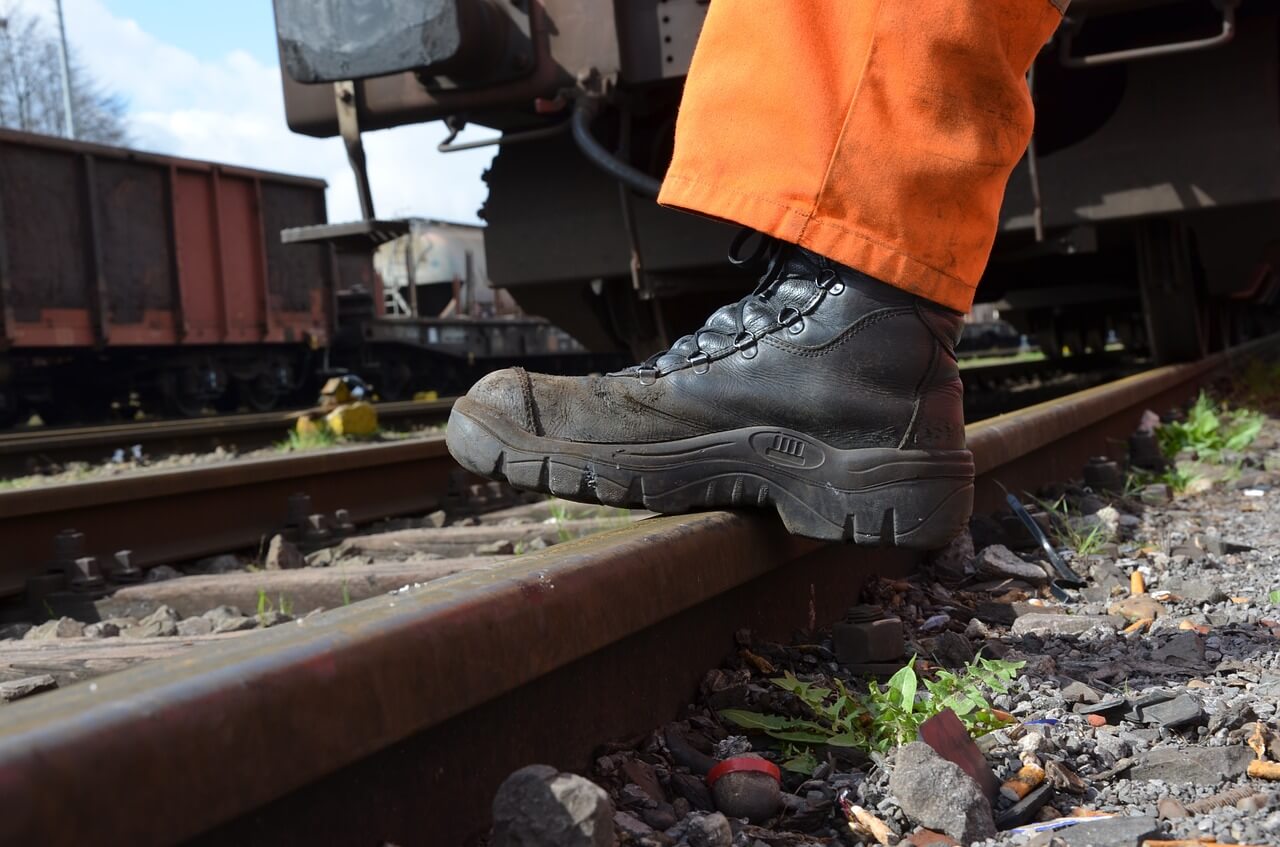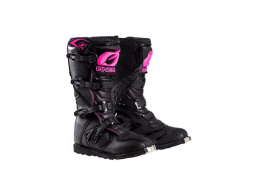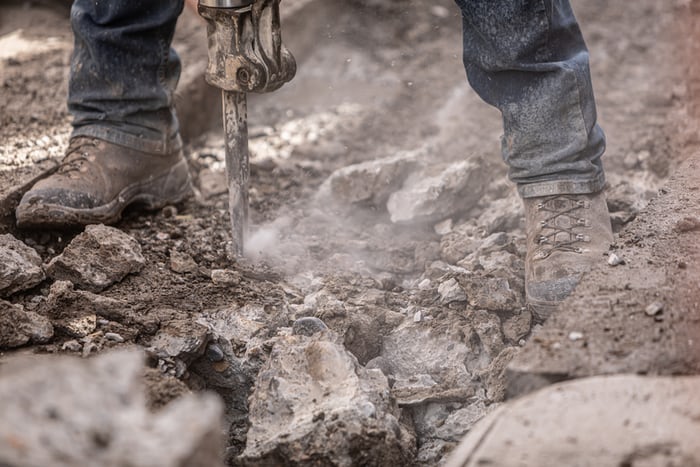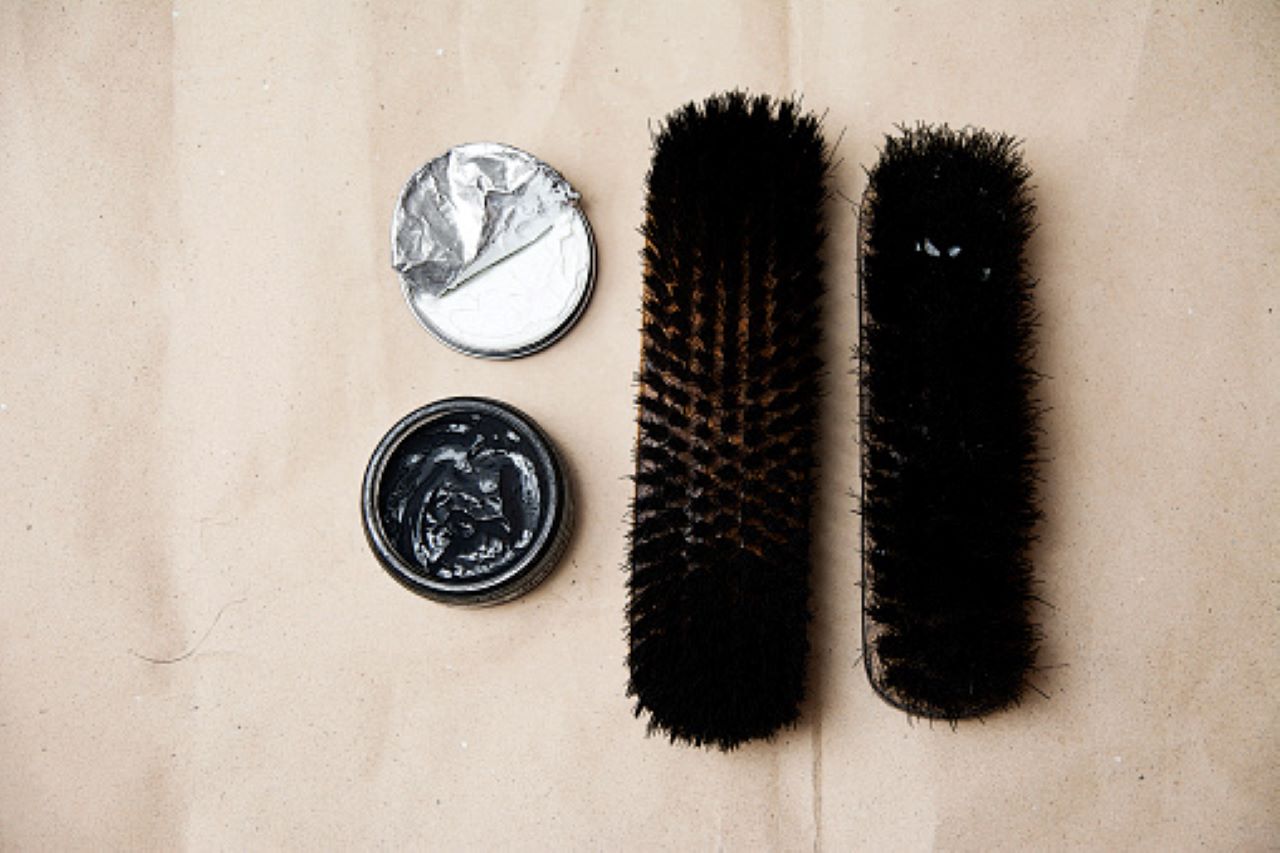Workwear Guru is reader-supported. When you buy through links on our site, we may earn an affiliate commission. Learn more
Working all day, standing up, and doing physical activities can exhaust your entire body. However, the part of the body that suffers perhaps the most is the feet. Here is where compression socks come to the spotlight. But what are compression socks, and what do they do exactly?
What Do Compression Socks Do?
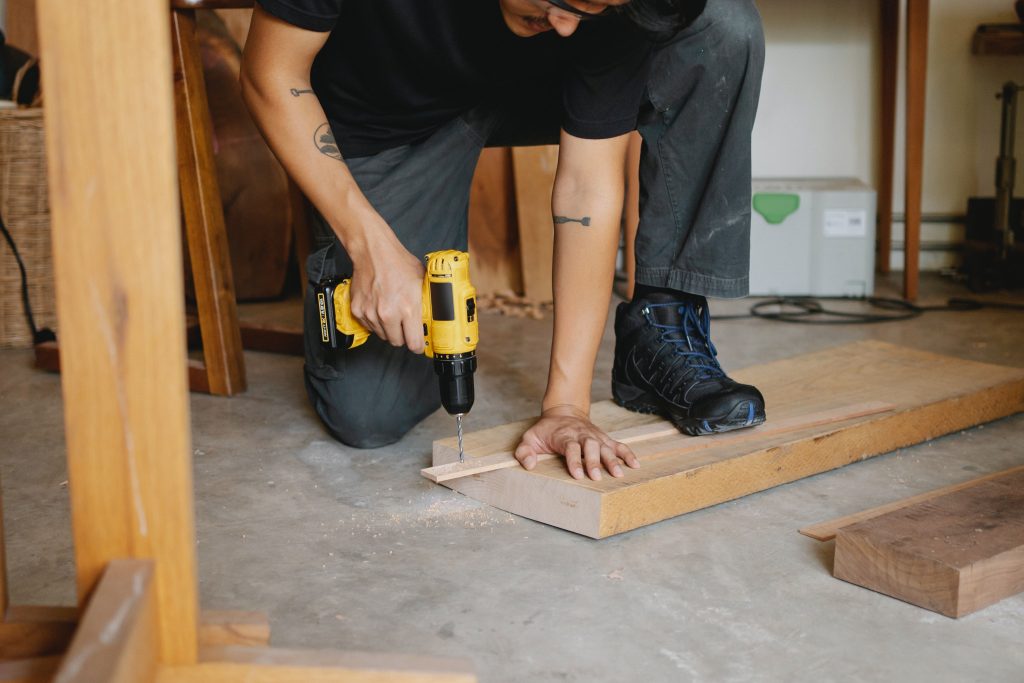
Having to work standing for hours on end can be tiresome for anyone. The below-knee part of your legs will feel the most strain over time. But is there a way to help relieve that pain?
Compression socks are designed in such a way that they can tremendously help with blood flow and in reducing swelling. They are also helpful in reducing the discomfort when standing and working on your feet all day.
How Do Compression Socks Work?
Compression socks work specifically by keeping the blood flow moving up the leg and, in turn, reducing swelling or blood clots. Through the compression itself, the socks help the feet keep a healthy blood flow. Usually, such socks are ideal to be used by pregnant people, people with achy or heavy legs, or construction workers.
Types of Compression Socks
There are different types of compression socks as not every sock is created the same. Depending on several factors, a particular type of compression socks may or may not be suitable for you. The three primary types are graduated compression socks, anti-embolism stockings, and non-medical support hosiery.
Graduated compression stockings
Graduated compression stockings are designed for mobility and for putting high pressure on the ankle. That compression then lightens as it goes up the knee, but it can also go up to the thigh. Graduated stocking help in treating peripheral edema. They often come in various designs and color options that you can choose from.
Anti-embolism stockings
Anti-embolism stockings, also known as thromboembolism-deterrent stockings (TED) are designed to help reduce the risk of developing deep vein thrombosis. These socks are most common for people whose work involves standing up in one position for extended periods of time.
Non-medical support hosiery
Non-medical support hosiery stockings do not require a prescription. People who need them can find these stockings in most pharmacies. They are beneficial and can help with aching and tired feet.
Levels of Compression Socks
Understanding the different levels of compression socks is essential when choosing the best fit for you. Compression levels are measured through a unit of pressure called millimeters of mercury (mmHg). The level of compression of your compression socks affects the blood flow, therefore it is important to rightly assess the type of socks you need.
There are four different levels of compression socks: standard (over-the-counter), medical class 1, 2, and 3.
Standard (over the counter)
Standard or over-the-counter has a compression level of 15-20 mmHg, which is a fairly low level. These socks generally help with tired legs from standing for an extended period. They come in different styles and designs available for both men and women.
Medical class 1
The first medical class has a 20-30 mmHg level compression. This provides a decent level of compression to your legs which is not as powerful. These socks help with swelling and are especially beneficial to pregnant people. However heavy and aching legs of anyone will find these stockings helpful.
Medical class 2
The second medical class has a 30-40 mmHg level compression. This is especially recommended for people who suffer from blood clots, lymphedema, or those diagnosed with deep vein thrombosis (DVT). Medical class 2 stockings are helpful to people with mild to severe leg health issues. A more robust fabric due to the intense levels of compression is also recommended.
Medical class 3
The third medical class has a 40-50 mmHg level compression. Due to the compression levels being this high, they are recommended to use only if a doctor prescribes them. Severe lymphedema and venous stasis are best treated with this class level.
How Can Construction Workers Benefit from Compression Socks?
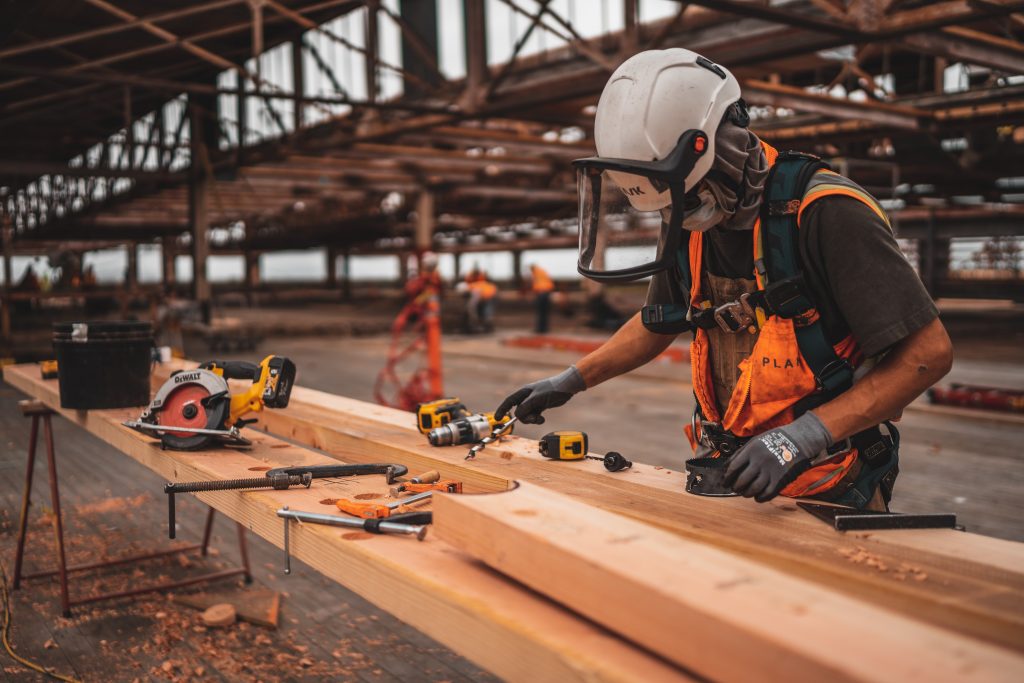
Construction work is a physical job that requires a lot of physical labor. Some workers may have to stand while working for hours and hours on end. This can cause a lot of different health issues in the legs and feet. Compression stockings are here to help relieve some of that pain and swelling, so you can do your job without worrying about the health of your feet.
Comfortable feel
Working long hours in construction can sometimes be very tiring. On top of that, feeling uncomfortable standing on your own two feet is another drawback, and you can’t put a price on comfort. Compression stockings not only help reduce swelling and the risk of different illnesses on your feet, but they can also serve to offer comfort and support for your feet.
When it gets cold, different types of heated socks can keep your feet warm in the winter. Additionally, there are tons of boot socks that can help comfort your feet as you raise your productivity level in the workplace by focusing on the work and not the pain.
Injury prevention
Besides better blood circulation, compression stockings help support your movement throughout the day. By increasing oxygen flow and helping reduce swelling and tiredness, the risk of a potential injury also decreases.
More energy
Having more comfortable and healthy feet is going to help in many other areas as well. Not only does that help in focusing on the job more, but it also can give you more energy to do that work. Proper blood circulation translates to breezier movement, which can consequently make a tremendous difference in your energy levels throughout the day.
In the end, what you need to consider along with compression stockings is the health of your feet. If you want to avoid the uncomfortable and sometimes concerning swelling or blood clots in your feet, think about giving compression socks a try. There are so many different types to choose from, and they can help in more than one way. Standing and working do not have to be uncomfortable or painful anymore. With the recommendation of the doctor and the right pair of socks, your life could change forever.



